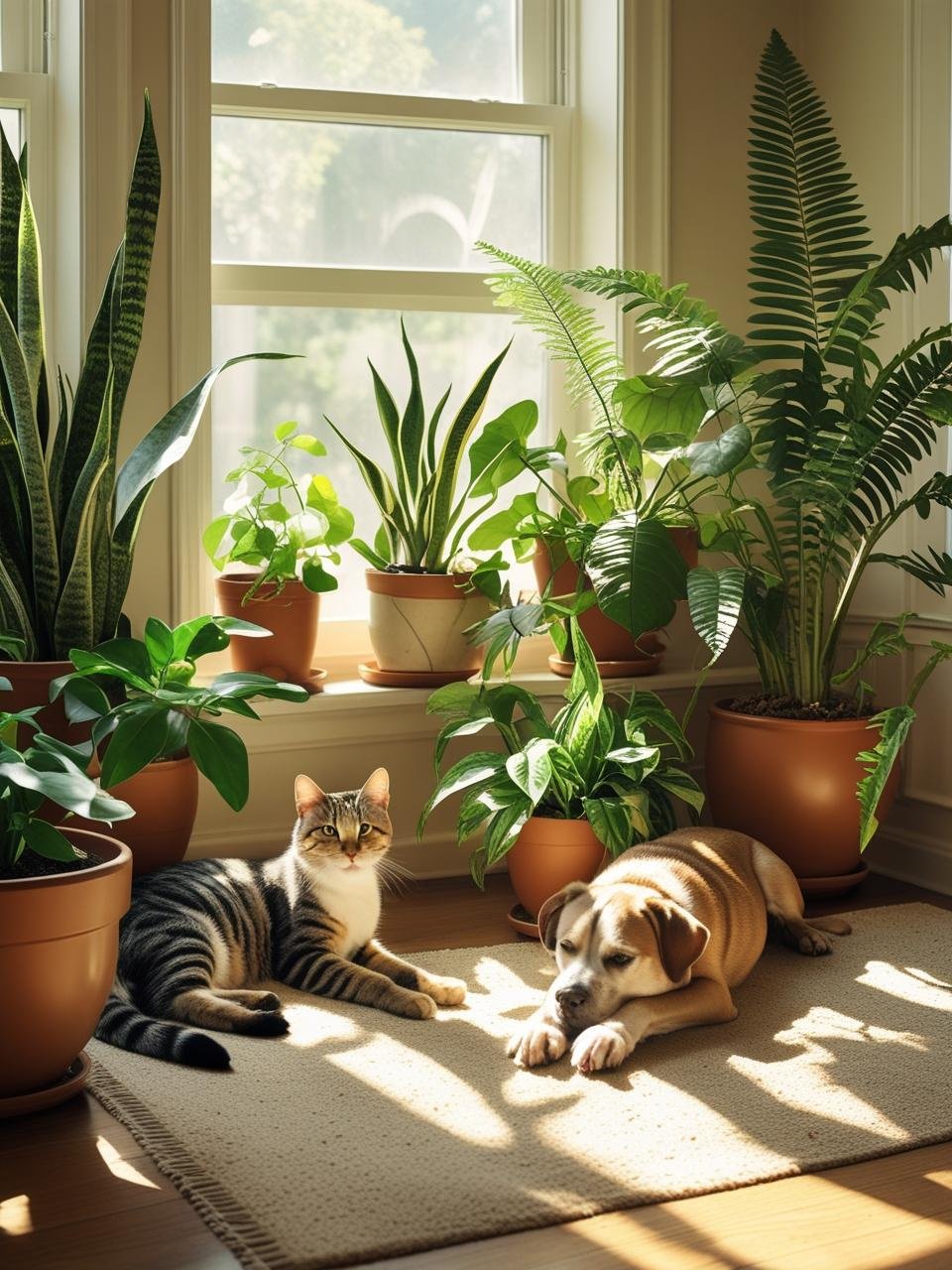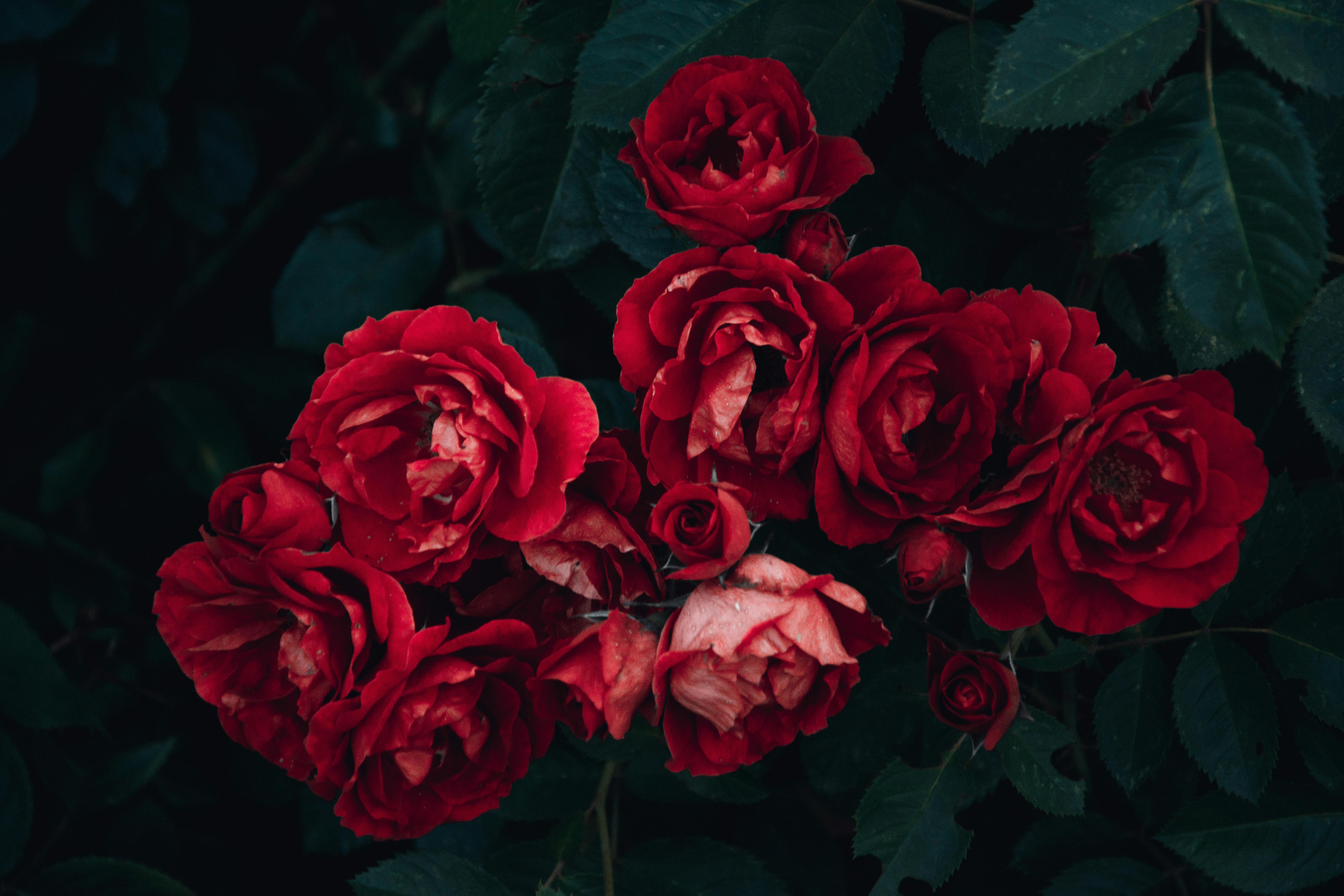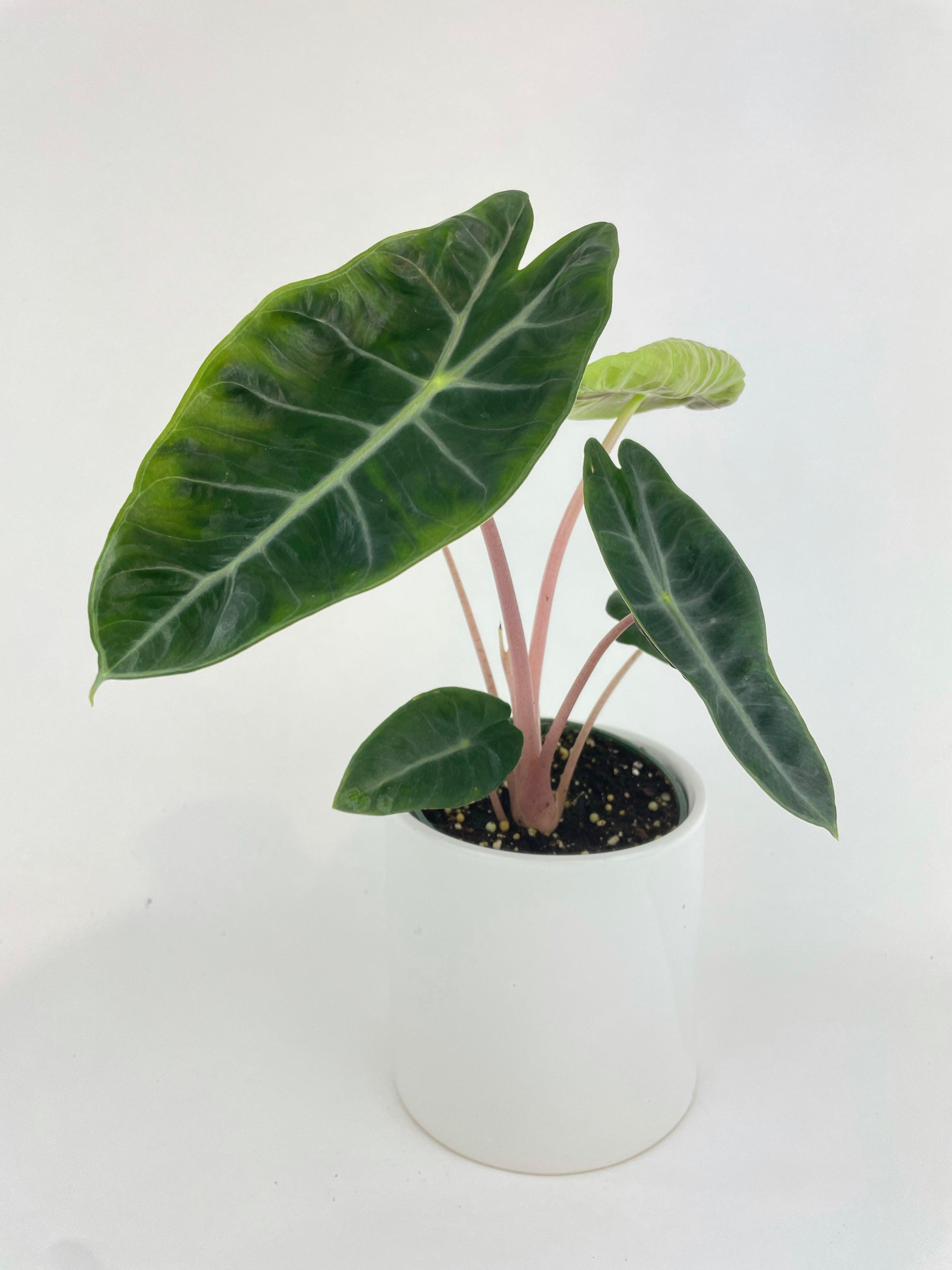Do houseplants clean the air?
We all know houseplants add a touch of life and beauty to our homes, but have you ever wondered if they can actually clean the air we breathe? The whispers turn them into tiny air purifiers, effortlessly battling pollution and leaving us with sparkling clean air. But is there any truth to it? Let's delve into the science and separate the myths from the facts, helping you decide if these leafy companions can truly contribute to a healthier indoor environment. So, grab your watering can and settle in, as we explore the fascinating world of houseplants and their potential impact on the air we breathe.
Myth Busters: Debunking the Air-Purifying Power of Houseplants
Ever heard whispers about houseplants being magical air filters, effortlessly sucking up pollutants and leaving you with sparkling clean air? While the idea is certainly appealing, it's important to separate fact from fiction. Let's dive into some common myths surrounding houseplants and air purification:
Do houseplants remove pollutants like tiny superheroes?
While some plants do have the ability to remove certain toxins from the air, it's not quite a superhero-esque feat. Their air-purifying powers are more like a gentle nudge than a forceful blast. The amount of pollutants removed is influenced by various factors, like the number of plants, plant species, and type of pollutant. So, while they can contribute to improved air quality, relying solely on houseplants for complete purification might not be realistic.
How many houseplants do I need to turn my home into a botanical air purifier?
There's no magic number – unfortunately, transforming your home into a lush jungle isn't the answer. The effectiveness depends on multiple factors, and simply having more plants doesn't guarantee cleaner air. It's more about choosing the right plants for your specific needs and placing them strategically throughout your living space.
Is there a single plant that reigns supreme as the ultimate air-purifying champion?
While some species are known for their air-filtering abilities, there's no single winner. Different plants excel at removing different pollutants. The key is understanding your indoor air concerns and choosing plants that target those specific toxins. We'll explore some top contenders later, so stay tuned!
Beyond Oxygenation: The Multifaceted Benefits of Houseplants
Sure, houseplants might not be air-purifying superheroes, but don't underestimate their power! They offer a whole spectrum of benefits that go beyond just making your space look pretty. Let's explore some of the hidden superpowers hiding within their leaves:
Green Guardians: Plants vs. Airborne Mold and Pollutants
While the extent of air purification might be nuanced, certain plant species do show promise in tackling specific pollutants. They act like tiny biological filters, absorbing toxins like formaldehyde, benzene, and even mold spores, making your indoor air a breath of fresh air (literally!). We'll unveil some top performers later on!
Rest Assured: Can you sleep soundly with leafy roommates?
This one's a bit of a mixed bag. While some plants release oxygen at night, others emit carbon dioxide. So, while a few leafy companions might not harm your sleep (especially in well-ventilated spaces), it's best to keep most plants outside the bedroom for truly undisturbed slumber.
Beyond Aesthetics: The Feel-Good Power of Greenery
Houseplants aren't just about clean air; they can also boost your mood and well-being! Studies suggest they can reduce stress, anxiety, and even blood pressure. Plus, caring for them provides a sense of purpose and connection to nature, fostering a more calming and positive environment. So, breathe easy and enjoy the good vibes your green friends bring!
Plant Spotlight: Popular Picks for Improved Air Quality
Now that we've dispelled some myths and explored the broader benefits of houseplants, let's get down to the fun part – choosing your leafy allies! Here are some popular picks known for their air-purifying potential:
1. Snake Plant (Sansevieria): This low-maintenance champion thrives in various light conditions and tackles toxins like formaldehyde and benzene, making it a versatile choice for beginners.
2. Spider Plant (Chlorophytum comosum): A classic with cascading tendrils, this adaptable plant removes common household pollutants like xylene and toluene, adding a touch of elegance to your space.
3. Areca Palm (Dypsis lutescens): This humidity-loving beauty combats airborne mold and benzene while adding a tropical touch to your home. Remember, it prefers brighter, indirect light.
4. Golden Pothos (Epipremnum aureum): This forgiving vine thrives in low light and effectively removes formaldehyde, making it perfect for dimly lit corners or offices.
5. Aloe Vera (Aloe barbadensis): While best known for its soothing gel, this succulent might also contribute to air purification by tackling formaldehyde and benzene. Remember, it needs bright, direct sunlight.
These are just a few examples, and the best choice for you depends on your individual needs and preferences. Consider factors like your light conditions, preferred plant care level, and specific air quality concerns when making your selection. Remember, every plant adds a touch of green magic to your space, and even a small contribution to improved air quality is a step towards a healthier home environment!
Cultivating a Healthy Home: Practical Tips for Plant-Based Air Improvement
So, you've chosen your leafy companions – that's fantastic! But how can you maximize their air-purifying potential and create a truly healthy indoor environment? Here are some practical tips to turn your plant pals into air-cleaning champions:
Choosing the Right Plant for the Right Job:
Don't just pick the prettiest face! Research different plant species and their air-purifying abilities. Match their strengths to your specific indoor air concerns. For example, if you're worried about formaldehyde, Snake Plants or Golden Pothos are great choices.
Location, Location, Location:
Placement matters! Position your plants strategically for maximum impact. Keep them near potential pollution sources like furniture made with pressed wood or areas with poor ventilation. Remember, light needs vary, so ensure each plant gets its happy spot.
Plant Power with a Proper Care Routine:
Healthy plants are better purifiers! Provide proper care based on each plant's needs. This includes watering, sunlight, and even the occasional misting for humidity-loving friends. Remember, happy plants work harder (or rather, photosynthesize more)!
Conclusion
Do houseplants actually clean the air? The answer isn't as simple as a yes or no. While they might not single-handedly transform your home into a sterilized environment, their ability to remove certain pollutants, combined with their mood-lifting and stress-reducing powers, makes them valuable assets in creating a healthier and happier living space.
It's important to remember that houseplants clean the air, but they're not a standalone solution. Proper ventilation, addressing pollutant sources at their origin, and even air purifiers are all crucial allies in your quest for optimal air quality.
Think of your houseplants as leafy teammates in your journey towards a healthier home. Embrace their beauty and enjoy the various benefits they offer, and breathe easy knowing you're contributing to a more vibrant and healthy environment, one leaf at a time!










































